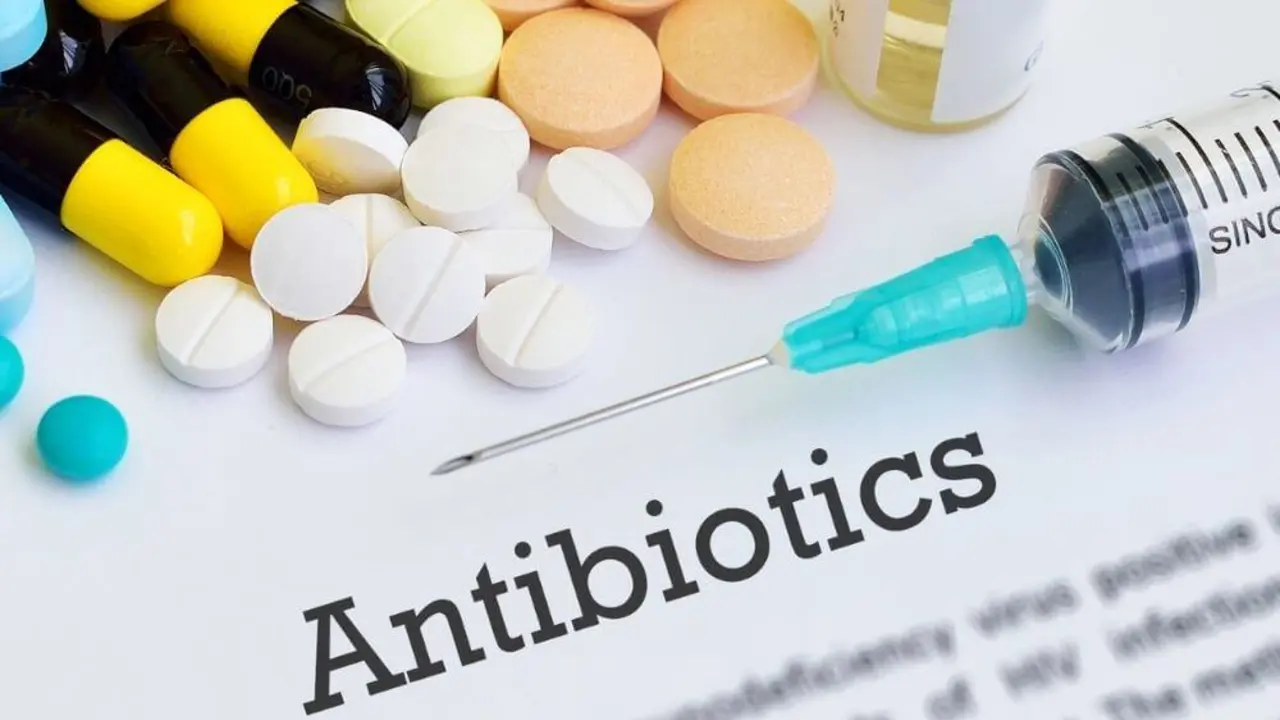Clindamycin Phosphate – What It Is and How It Works
Clindamycin Phosphate is a synthetic antibiotic that stops bacteria from growing. Doctors usually prescribe it for skin problems like acne, infected wounds, or for more serious bacterial infections when other drugs don’t work. It belongs to the lincosamide class, which means it targets the bacterial ribosome and blocks protein production. This makes the bug weaker and easier for your immune system to clear.
When Do You Need Clindamycin Phosphate?
If you have stubborn acne that hasn't responded to typical treatments, a dermatologist may suggest a topical gel or cream containing Clindamycin Phosphate. The same ingredient can be part of oral tablets for deeper infections like cellulitis, bone infections, or certain respiratory infections. Your doctor will choose the form that reaches the infection most effectively.
How to Take It – Dosage and Application Tips
Topical products are usually applied once or twice a day to clean, dry skin. Use a pea‑sized amount and spread it thinly over the affected area. For tablets, the typical adult dose is 150‑300 mg every 6–8 hours, but your doctor might adjust it based on the infection type and kidney function. Always follow the prescription label – don’t double up just because you miss a dose.
Take the medication with a full glass of water. If you’re on the oral form, finishing the whole course is crucial, even if you feel better early on. Stopping early can let the bacteria bounce back and become resistant.
Common Side Effects to Watch For
Most people tolerate Clindamycin well, but a few side effects are worth noting. The topicals can cause mild skin irritation, redness, or a dry feeling. Oral tablets might give you stomach upset, diarrhea, or a metallic taste. In rare cases, a serious condition called Clostridioides difficile-associated diarrhea can develop, which looks like watery stools and cramps. If that happens, call your doctor right away.
Allergic reactions are uncommon but possible. Symptoms include rash, itching, swelling of the face or throat, and trouble breathing. Those signs require immediate medical attention.
Precautions and Interactions
Before you start, tell your doctor about any allergies, especially to antibiotics like erythromycin or lincomycin. Also disclose liver or kidney problems, as they can affect how the drug is processed.
Clindamycin can interact with certain medications such as neuromuscular blockers, some anti‑seizure drugs, and oral contraceptives (it may lower their effectiveness). Keep a list of all medicines you take and share it with your healthcare provider.
Buying Clindamycin Phosphate Online – Stay Safe
If you need to order Clindamycin online, pick a pharmacy that requires a valid prescription, checks the pharmacist’s credentials, and uses secure checkout. Look for reviews that mention reliable delivery and authentic medication. Avoid sites that sell the drug without asking for a prescription – they’re likely counterfeit.
Europeanabolic Pharmacy Guide reviews online shops and flags the trustworthy ones. Checking our tag page for Clindamycin Phosphate will point you to articles that explain how to verify a seller, compare prices, and understand shipping rules in Europe.
Bottom Line
Clindamycin Phosphate is a strong antibiotic useful for tough skin infections and several internal bacterial issues. Use it exactly as prescribed, watch for side effects, and never skip the full treatment course. When buying online, stick to reputable pharmacies and always have a prescription handy. Following these steps helps you get the benefits of Clindamycin without unnecessary risks.
Pediatric Use of Clindamycin Phosphate: Safe Dosing and Tips for Parents
Hey there, lovely parents! Are you trying to navigate the world of antibiotics for your little one? I've been there, and it's so important to get it right. I want to chat about Clindamycin Phosphate – a common antibiotic that doctors prescribe for children. We need to know how to use it safely, and that means understanding the proper dosages and potential side effects. Stick with me, and we'll explore how to keep our kids safe while tackling those pesky infections. Let's take care of our little warriors together with the right info!

